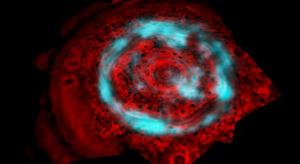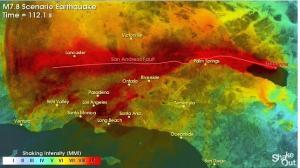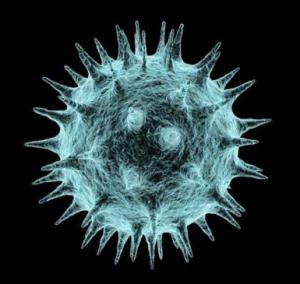
"We've never seen an aurora like this elsewhere," said Tom Stallard, a scientist working with Cassini data at the University of Leicester, England. Stallard is lead author of a paper that appears in the Nov. 13 issue of the journal Nature. "It's not just a ring of auroras like those we've seen at Jupiter or Earth. This aurora covers an enormous area across the pole. Our current ideas on what forms Saturn's aurora predict that this region should be empty, so finding such a bright aurora here is a fantastic surprise."




